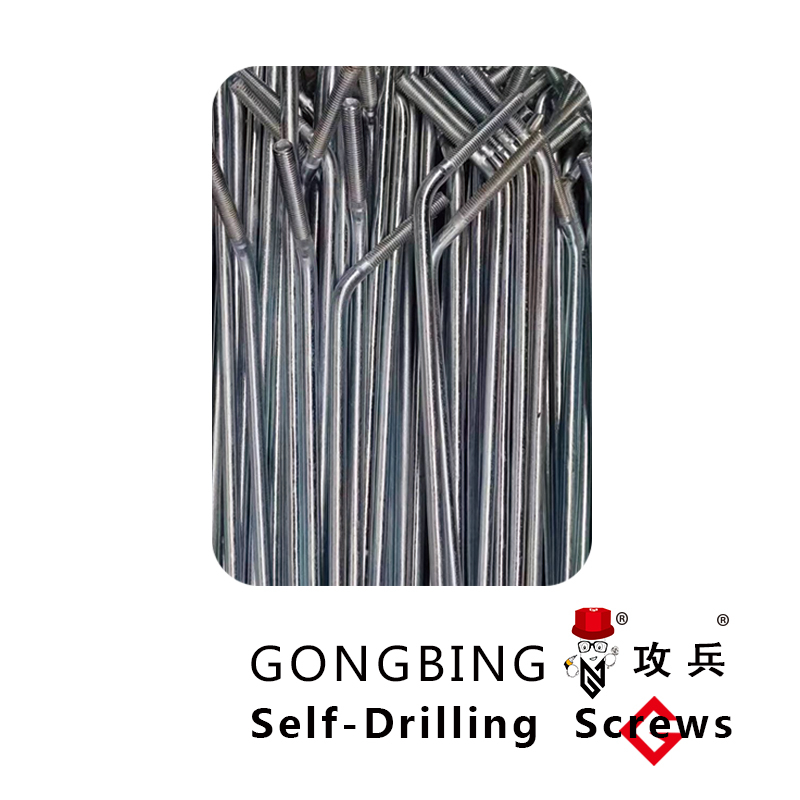Effective Bracing Techniques for Steel Stud Walls in Construction Projects
Understanding Steel Stud Wall Bracing Techniques and Benefits
Steel stud wall systems have become increasingly popular in modern construction due to their lightweight nature, durability, and ease of installation. However, the structural integrity of buildings that utilize steel stud walls must be carefully maintained. One of the critical aspects of ensuring this integrity is the incorporation of effective bracing. In this article, we will discuss the importance of bracing for steel stud walls, the various techniques available, and the benefits of a well-braced wall system.
The Importance of Bracing
Bracing in steel stud walls serves several critical functions. Primarily, it helps to resist lateral forces that can arise from wind, seismic activity, or other dynamic loads. Without proper bracing, steel stud walls can experience instability, leading to structural failure, which can be both dangerous and costly. Properly braced walls ensure that the system can transfer loads efficiently and maintain its shape and function over time.
Types of Bracing Techniques
1. Diagonal Bracing This method involves adding diagonal members that connect the top and bottom tracks of the steel stud wall. Typically made of steel or metal straps, diagonal braces create a triangular configuration that effectively distributes lateral forces. They are often used in both new constructions and retrofitting existing structures.
2. X-Bracing Similar to diagonal bracing, X-bracing involves crossing two diagonal braces to form an “X” shape. This configuration provides enhanced stability and is particularly effective in application scenarios involving significant lateral loads, such as high-wind areas or earthquake-prone zones.
3. K-Bracing This method combines the benefits of horizontal and diagonal bracing. K-bracing features vertical elements that connect to diagonal braces, forming a “K” shape. This technique allows for greater flexibility and can accommodate specific architectural designs while still providing adequate lateral support.
4. Shear Panels Another method involves using shear panels made of plywood or OSB (oriented strand board) attached to the steel studs. These panels work to resist lateral forces by providing a rigid surface that distributes stress across the wall. This method is particularly efficient in areas where space for additional bracing might be limited.
5. Moment-Resisting Frames Though more complex and costlier, moment-resisting frames are engineered structural frames that provide rigidity by allowing connections at the joints to resist bending moments. This approach is often used in high-rise buildings where significant lateral stability is required.
steel stud wall bracing

Benefits of Proper Bracing
Investing time and resources in proper bracing for steel stud walls offers numerous benefits
- Enhanced Stability Adequate bracing improves the overall stability of the structure, safeguarding it against possible failure due to lateral loads.
- Cost-Effectiveness By preventing potential structural damage, proper bracing can save significant costs associated with repairs and rebuilding. A well-designed bracing system can minimize the overall material costs by optimizing the wall structure.
- Design Flexibility Innovations in bracing techniques allow architects and builders to explore various design options while still ensuring safety and compliance with building codes.
- Quicker Installation Many bracing systems are designed to be installed quickly and efficiently, reducing labor costs and speeding up the construction timeline.
- Long-Term Durability A well-braced wall system contributes to the overall endurance of the building, allowing it to withstand environmental stresses over time.
Conclusion
In conclusion, bracing steel stud walls is a vital aspect of modern construction that cannot be overlooked. Various bracing methods are available, each with its advantages. Selecting the right bracing system enhances the structural integrity of buildings, ensures safety, and promotes cost-effectiveness and design flexibility. By investing in proper bracing techniques, builders and architects can contribute to the longevity and resilience of their constructed environments. As the construction industry continues to evolve, the role of effective wall bracing remains paramount.
-
Weatherproof Plastic Expansion Anchors for OutdoorNewsJun.06,2025
-
Sustainability in the Supply Chain: Eco-Friendly TEK Screws ProductionNewsJun.06,2025
-
Load-Bearing Capacity of External Insulation FixingsNewsJun.06,2025
-
Double Head Bolts: Enhancing Efficiency in Industrial MachineryNewsJun.06,2025
-
Corrosion Resistance in Chipboard Screws: Coatings for Wholesale DurabilityNewsJun.06,2025
-
Butterfly Toggle Bolts : Enhancing Structural ResilienceNewsJun.06,2025
